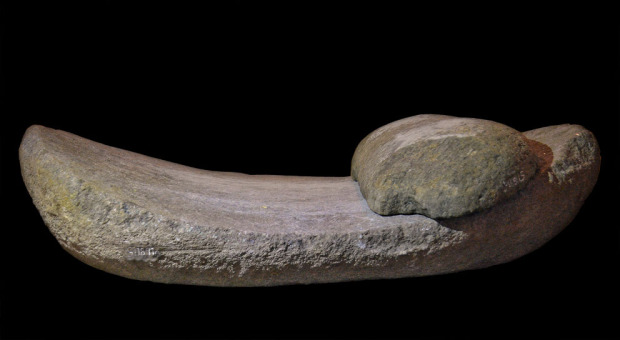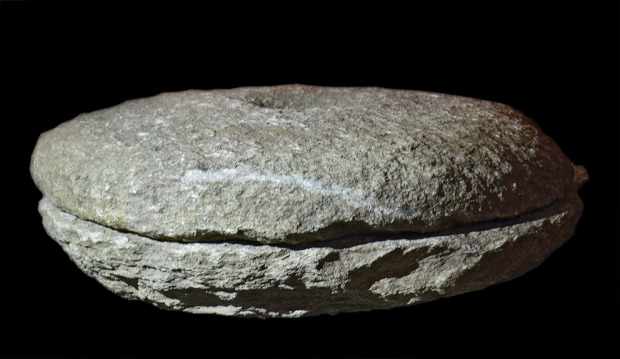After several years of research in the Millstone Project, researchers have found that the first rotary quern, a stone used for grinding flour, turned up in Norway in the Early Roman period. To the researchers, this is great news, as they believed the quern wasn’t used until much later in the century.
This piece of equipment would have been used in the first two centuries AD and is considered to be one of the oldest ever found. The last one dated around 200 AD and was found at the Forsandmoen farmstead.
What did not surprise the two head researchers, Asa Dahlin Hauken and Timothy Anderson, was the fact that the places where the two oldest querns were found had been known for centuries as excellent farmland. The two major farmlands are located on the tip of Norway, known as Stavanger and Rogaland County.
Along with being good for the farmlands, this location meant that there were good winds, resulting in great traveling conditions to the British Isles or Denmark. Since so many people traveled, they came back with items that the Romans brought up north with them during the expansions through Scotland and the Netherlands.

The hand-driven quern was an important tool used by the Romans and Roman legions. It was first used in the Mediterranean region by 500 BC or even before that. Many different variations of it were made throughout time, replacing the older models.
The first quern made replaced the saddle querns as the rotary quern was easier to use and more efficient than the older versions. People could grind more grain with the rotary quern versus the others.
Some of the earlier models appear to be difficult to use. They are made of heavy stone; one of the first models was quite large besides. The stone used was from locally-found granite boulders.
Rotary querns would have been stationary, making them easier to use. Some were half-buried into the ground, most likely having been near a fire place. After being put into the ground, there would have been hard clay, cloth, or leather placed around the device in order to collect the flour after the grain was ground.
During the Migration and Merovingian periods, between 400 to 800 AD, the hand quern became easier to use. It was considered much lighter so that people could travel with them. In order to make them lighter, there were made lower, with the upper stones formed from a pair of slimmer stones. This model was known mostly during the Roman Period and was also used throughout the Mediterranean and Continental Europe; to the Viking Age and onward throughout the centuries.

It is believed that the standard rotary hand quern was the major kind of millstone used in Norway. There were larger stones that were run by water power, and rResearchers believed that water power was used during the early medieval period, which was around 1000 to 11000 AD. This is why they believe that it took a thousand years for the use of Roman water-powered mill to make its way up north.
One of the first hand querns does not look like much, but it made a big difference when it came to grinding grains. It is a large slab of rock on the bottom and a hand-sized rock that was used to crush the gain until it made flour. One variation of those is a larger boulder with a hole drilled on the top, most likely used to keep the already-ground flour away from the grains.
Yet another variation consists of what looks like a round boulder cut in half. It is a larger quern, perhaps made to grind more grain at one time. The top half of it comes completely off, making it look like a person could have put all their weight into the entire boulder for faster, easier results.
